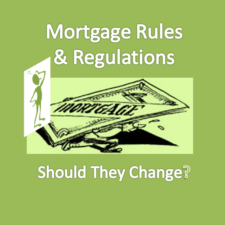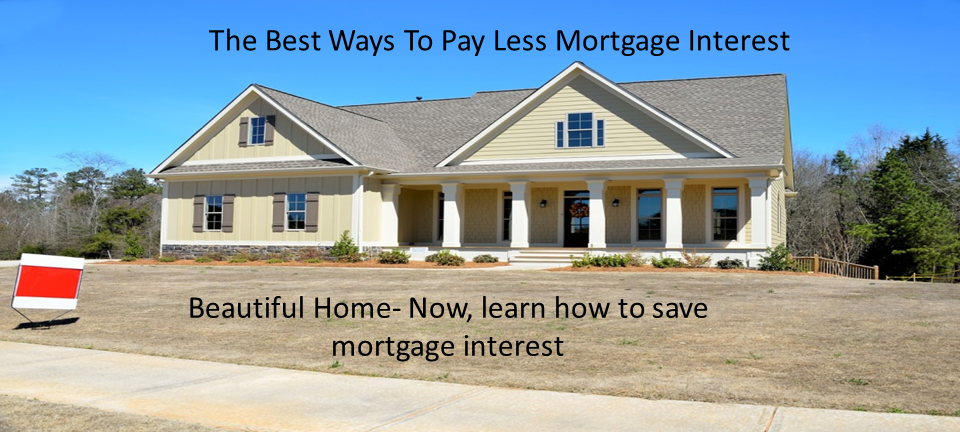What Is APR and Why Does It Matter – this is the yearly rate to include fees such as points and expressed as the yearly cost of funds… Updated 4-11-2023
The Annual Percentage Rate (APR) is higher than the mortgage interest rate charged on a loan as it reflects the interest rate plus any points, mortgage broker fees (if you are using a Broker instead of a Direct Lender), and other charges to get your mortgage loan,
An annual percentage rate (APR) refers to the annual rate of interest charged to a borrower and paid to the investors. The APR is expressed as a percentage that reflects the mortgage interest rate plus other charges.
These charges are associated with the total cost of getting the loan, however, lender’s fees may vary just as interest rates vary.
Table of Contents
An annual percentage rate (APR)…
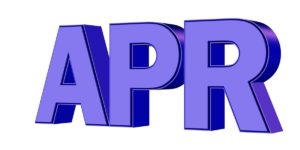
Is a broader version of the cost of borrowing money than the interest rate. The APR reflects the interest rate, any points, mortgage broker fees, and other charges that you pay to get the loan. For that reason, your APR is usually higher than your interest rate.
If you have applied for a mortgage and received a Loan Estimate from one or more lenders, you can find the interest rate on page 1 under “Loan Terms,” and the APR on page 3 under “Comparisons.”
Important: To be diligent when comparing loan options be sure you understand any differences between the terms being offered:
- Lenders must disclose these costs to you and they are on the loan estimate that you receive within 3 days of application.
- Understand the difference when comparing the APRs of adjustable-rate mortgage loans versus the fixed-rate loan. For adjustable-rate mortgage loans, the APR does not reflect the maximum interest rate of the loan.
- When comparing the APRs of fixed-rate loans with the APRs of adjustable-rate loans, or when comparing the APRs of different adjustable-rate loans.
- Be careful about comparing the APR of a closed-end loan, which includes fees, to the APR of a home equity line of credit, which doesn’t. Never look at the APR alone in determining what loan makes the most sense for your circumstances.
The Interest Rate
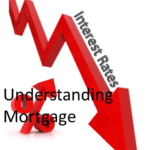
The interest rate is the cost you will pay each year to borrow the money, expressed as a percentage rate. It does not reflect fees or any other charges you may have to pay for the loan. If you have a fixed-rate loan, the rate will not change.
If you have an adjustable-rate loan (ARM) – the note/mortgage will specify how the ARM interest rate will change.
What is APR and Why Does It Matter…Because it includes the fees for getting the loan…Maximum Percentage of Closing Costs and Fees
Normal closing costs and fees are now limited by Regulation Z. This changed some years ago. The normal closing cost for loans is up to 5% of the Loan Amount. Per **FNMA Guidelines
Remember the down payment is not considered in the closing cost. The closing cost is those fees associated with getting the loan. You will have to obtain hazard insurance for one year normally. You will have attorney fees and title insurance fees which may be included in the Attorney fees.
See
First-Time Homebuyer Funds for Closing
What is a “higher-priced mortgage loan?”
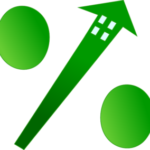
A higher-priced mortgage loan is one with an annual percentage rate (APR), higher than a benchmark rate called the Average Prime Offer Rate.
The Average Prime Offer Rate (APOR) is an annual percentage rate that is based on average interest rates, fees, and other terms on mortgages offered to highly qualified borrowers.
Your mortgage will be considered a higher-priced mortgage loan if the APR is a certain percentage higher than the APOR (Average Prime Offer Rate) depending on what type of loan you have:
- First-lien mortgages: If your mortgage is a first-lien mortgage, the lender of this mortgage will be the first to be paid if you go into foreclosure. In general, a first-lien mortgage is “higher-priced” if the APR is 1.5 percentage points or higher than the APOR (Average Prime Offer Rate).
- Jumbo loans: If your mortgage is a first-lien “jumbo” loan, it is generally “higher-priced” if the APR is 2.5 percentage points or higher than the APOR (average prime offer rate).
- Subordinate-lien mortgages: If your mortgage is a subordinate-lien mortgage, sometimes called a second-lien mortgage or junior-lien mortgage, and you go into foreclosure, the lender of this mortgage will be paid only after your first-lien mortgage is paid off. A subordinate-lien mortgage is generally “higher-priced” if the APR of this mortgage is 3.5 percentage points or higher than the APOR (Average Prime Offer Rate).
Example:
Let’s say you’re looking for a mortgage loan that’s not a jumbo loan for a new home you’d like to buy. You decide on a mortgage loan from Lender X with a 4.5 APR. Lender X checks this week’s APOR and finds that it is at 3 percent. Since this mortgage will be the primary, or first-lien, mortgage on your house and because your APR will be 1.5 percentage points higher than the APOR, your mortgage will be considered a higher-priced mortgage loan.
Why does it matter if I have a higher-priced mortgage loan?
A higher-priced mortgage loan will be more expensive than a mortgage with average terms. Therefore, your lender will have to take extra steps to make sure you can pay your loan back and won’t default. Your lender may have to:
- Obtain a full interior appraisal from a licensed or certified appraiser
- Provide a second appraisal of your home for free, if it is a “flipped” home
- In many instances, maintain an escrow account for at least five years.
Reference: Consumer Finance.gov

